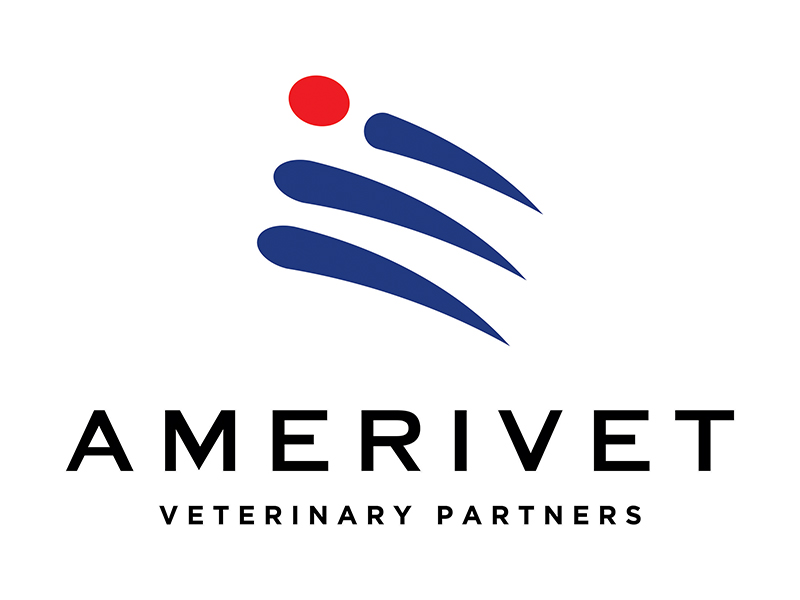Fall Conference - Technician Track
General Information
- What is the technician track?
We are bringing back the technician track! It will be by technicians, for technicians, to learn all things new in the world of veterinary technicians!
- When is this track available?
The technician track will be held on Friday, November 10 in McElroy 101. This track will only be available in person.
- How many CE credits are available?
The technician track will offer 6 hours of CE credit.
- How much are registration fees?
Technician track only - Friday, November 10
Early bird registration is $120 (must register by 5 p.m. on October 26)
After October 26, the registration fee will be $195.
Technicians attending DVM track on Thursday, November 9 and Technician Track on Friday, November 10
Early bird registration is $250. (must register by 5 p.m. on October 26)
After October 26, the registration fee will be $325.
- Where do I register?
Please register on the Marketplace Store
The credit card gateway associated with the program may not allow mobile registration. If possible, please register online from a desktop system. Preregistration is required.
There will be no at the door registration.
- What if I still have questions?
Contact Cabe Johnson, cabe.johnson@okstate.edu at 405-744-8755, Christine Nichols, christine.nichols@okstate.edu or call 405-744-7672, or 405-744-8587.
Session Information: What You Will Learn
- Pain Management - Mayte Aleman-Carter
1. Identify the Pain pathways.
2. Understand the function of the pain pathway and integrations.
3. The utilization of different drugs to prevent or reduce pain along with different types of therapies to reduce pain in our patients. - Triage and Support for Wildlife - Elisa Davis
1. Over phone assessment of orphaned/injured vs. naturally occuring behavior.
2. Be able to assess and prioritize.
3. Stabilization vs euthanasia of critical cases.
4. Minimize stress during hospitalization.
5. Know your laws and regulations, be able to locate a rehabilitator. - Ophthalmology Exams 101 - Lisa Gallery
1. Be familiar with basic ocular anatomy
2. Understand basic ocular diagnostic tests and know normal values
3. Become familiar with common instruments used for examining the eye
4. Contraindications for diagnostic tests
5. Understand what conditions are emergent - Commonly Used Ophthalmic Medications - Elissa Green
1. Identify Ocular Anatomy: Recognize key structures of the eye relevant to ophthalmic medication administration.
2. Understand Medication Vehicles: Differentiate between various vehicles used for ophthalmic medications.
3. Explain Diagnostic Agents: Describe the purpose and types of diagnostic agents used in veterinary ophthalmology.
4. Understand commonly used ophthalmic medications and their purpose.
5. List Contraindications: Identify situations in which certain ophthalmic medications should be avoided due to contraindications.
- Emergency Triage of Exotic Pets - Justin Hicks
1. Asses and prioritize exotic emergencies
2. Common emergencies for avian species
3. Common emergencies for reptile species
4. Common emergencies for small mammal species
5. Interesting cases seen at OSU - Feline Trifecta, Not a Winning Ticket - Dianne Hudson
1. Recognize history and physical exam parameters which are common in patients with hyperthyroidism.
2. Identify drugs contraindicated in patients with hyperthyroidism.
3. Recognize history and physical exam parameters associated with chronic renal disease.
4. Identify drugs contraindicated in patients with chronic renal insufficiency.
5. Anesthetic drugs which are contraindicated in feline patients with hypertrophic cardiomyopathy.
Brought to you by:

